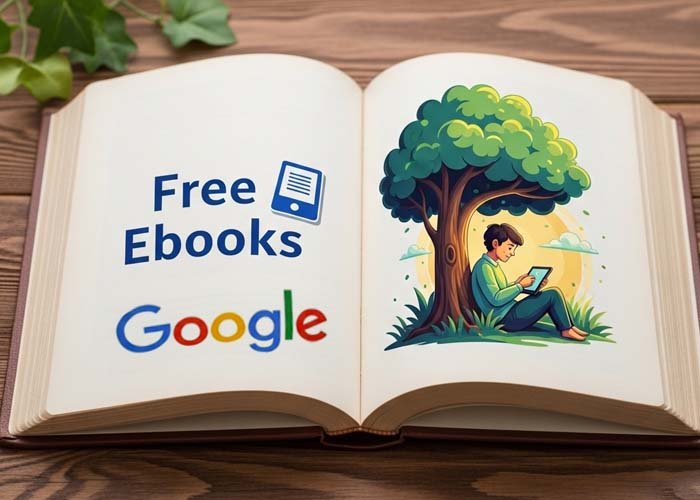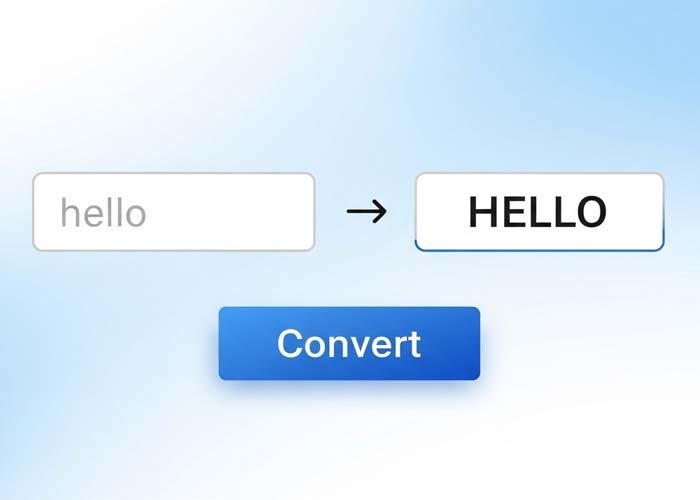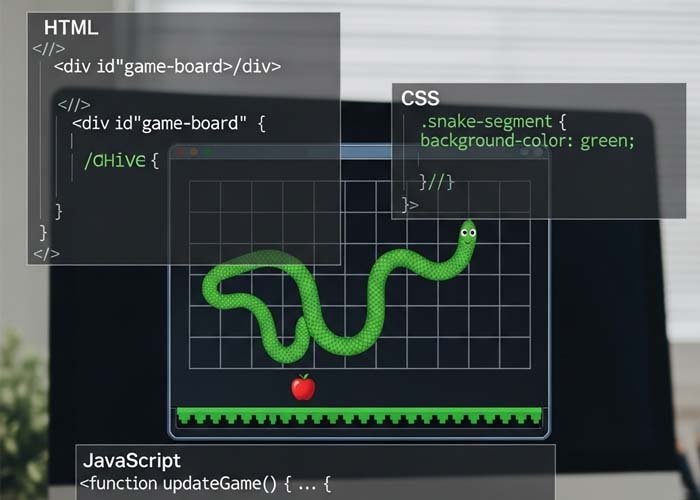Shine Button Hover Effect with HTML & CSS – Stylish UI Animation
Buttons are a key part of any website’s user interface, and enhancing them with subtle effects can greatly improve user engagement. One such visually impressive and modern effect is the “Shine Button Hover Animation”, which gives your button a glowing swipe of light when hovered.
In this tutorial, we’ll explain how this shine effect button works using pure HTML and CSS — no JavaScript required.
What Is the Shine Button?
The “Shine” button is a creative and interactive design element where:
A green light beam sweeps across the button on hover.
The text inside shakes slightly to add a playful motion.
The button rotates gently to give a 3D-style feel.
This type of effect works great on landing pages, call-to-action buttons, portfolios, and product features where interaction matters.
How the Shine Animation Works
1. Base Styling
The button is styled with:
Padding and border radius for shape
Blue border and text for a clean, professional appearance
A span element inside to hold the text and trigger its animation independently
2. Shine Effect
The shining swipe is created using a ::after pseudo-element:
Positioned absolutely over the button
Styled as a thin, slanted rectangle with a green background
Animates from left to right on hover, mimicking a light reflection or beam
3. Text Shake Animation
When the user hovers:
The span (text) moves horizontally back and forth in a quick motion.
This is done with a
@keyframesanimation calledstorm1261.
4. Button Rotation Animation
Simultaneously, the button gently rocks side-to-side using the rotate624 animation. This slight motion creates a physical, interactive experience for the user.
Why Use This Shine Button?
Here are some key benefits:
Pure CSS: No JavaScript needed, so it’s lightweight and fast.
Modern Look: The motion and glow create a premium appearance.
Responsive Interaction: Adds depth to your user interface through subtle feedback.
Easy to Customize: You can change the shine color, speed, or direction with just a few CSS tweaks.
Best Use Cases
This hover effect button works well in areas like:
Landing Pages – for “Sign Up” or “Learn More” CTAs
Product Sections – to highlight “Buy Now” or “View Features”
Portfolio Websites – to make projects or contact buttons stand out
E-commerce Stores – for attractive “Add to Cart” buttons
Learn and Experiment
If you’re learning frontend development or want to improve your CSS skills, this shine button is a great example of combining:
Pseudo-elements
Keyframe animations
Custom transitions
Creative positioning
It shows how to use CSS for advanced effects without needing any scripting.
Conclusion
The Shine Button is a fantastic way to grab user attention using smooth, elegant motion. With just HTML and CSS, you can build a dynamic interaction that enhances your design and guides users toward your most important content.
This code uses HTML and CSS only — no JavaScript included.
Copyright – 2025 mobinkakei (Mobeen)
Permission is freely granted to anyone who obtains a copy of this software and its accompanying documentation files (referred to as “the Software”), allowing them to use, copy, modify, merge, publish, distribute, sublicense, and even sell copies of the Software. Additionally, users are allowed to permit others to use the Software under these same terms.
It is required that the above copyright notices and this permission notice be included in all versions or significant portions of the Software.
Please note, the Software is provided “as is”, without any form of warranty—express or implied. This includes, but is not limited to, warranties of merchantability, fitness for a specific purpose, or non-infringement. Under no circumstances shall the original authors or rights holders be held responsible for any claims, damages, or other liabilities that may arise from the use of the Software, whether through legal action, negligence, or otherwise.
All code on Freeofcosts.com is reviewed before publishing. Each post includes a live code editor with real-time preview, so you can experiment and learn by doing. Most code is open-source and free to use or modify under respective licenses.



